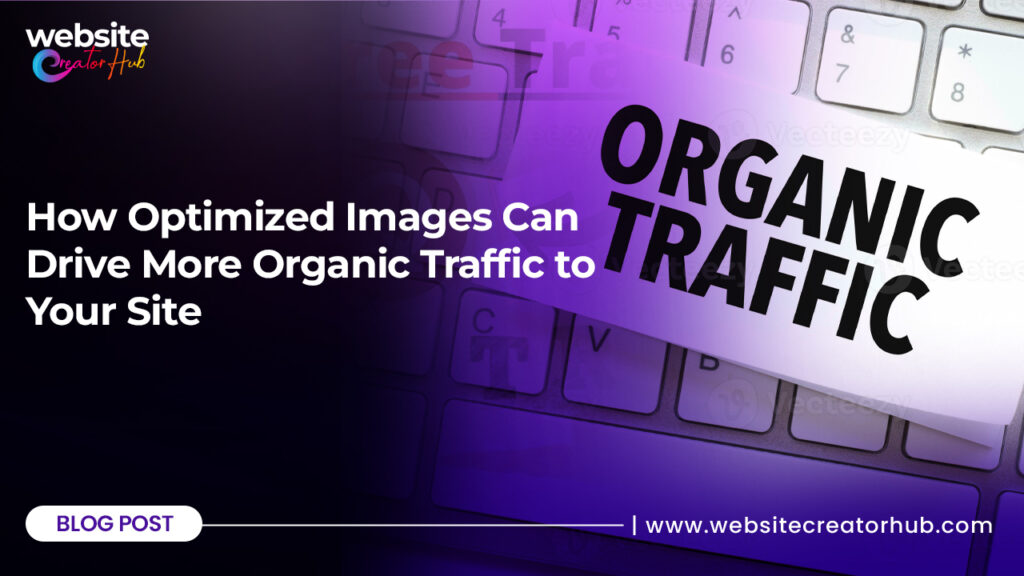In today’s digital landscape, getting found online is half the battle. While most people focus on content quality and backlinks to improve SEO, many overlook one essential factor—image optimization. When done right, optimized images don’t just enhance visual appeal—they become powerful tools to boost your organic traffic. Whether you’re running a blog, online store, or corporate site, properly optimized images can significantly improve your site’s performance and visibility in search engines.
Why Image Optimization Matters for SEO
Search engines like Google consider multiple factors when ranking websites, and images play a surprisingly large role. Optimized images improve several technical and experiential aspects of your site that directly affect search engine rankings. From faster load speeds to better accessibility and improved mobile usability, image optimization is one of the most efficient ways to support a well-rounded SEO strategy.
Page Load Speed: A Core SEO Ranking Factor
One of the most significant ways that image optimization influences SEO is through page load speed. Large, uncompressed images are one of the primary culprits of slow websites. When your site takes too long to load, users get frustrated and leave. Search engines pick up on this behavior, interpreting it as a sign that your content isn’t valuable.
Optimizing images—by compressing them without losing quality—dramatically reduces file sizes. The result is a faster-loading website, which helps reduce bounce rates and increase user engagement. And because Google includes site speed as a ranking factor, every second you shave off your load time increases your chances of ranking higher in search results.
Enhanced User Experience Leads to Longer Visits
Beyond technical performance, optimized images contribute to a smoother user experience (UX). Clean, fast-loading visuals help users navigate your website easily and keep them engaged with your content. An enjoyable experience encourages users to spend more time on your site, visit more pages, and come back again.
Google tracks metrics like dwell time and bounce rate, using them as indicators of content quality and relevance. If users are lingering longer on your site because images load quickly and look good, search engines take that as a positive ranking signal.
Mobile Optimization Is Crucial in a Mobile-First World
With more than half of web traffic now coming from mobile devices, your site must be mobile-friendly to stay competitive. This is where mobile image optimization becomes crucial. If your images aren’t optimized for smaller screens, they may load slowly or display improperly, degrading the mobile user experience.
Google’s mobile-first indexing means it primarily uses the mobile version of your site to determine its ranking. Poor mobile performance can seriously hurt your SEO. Optimized images load more efficiently on all screen sizes and formats, ensuring consistent performance across devices and maximizing your reach.
Boost Visibility in Google Image Search
Many people don’t realize that Google Image Search drives more than 22% of all web searches. That’s a huge opportunity for traffic—if your images are optimized correctly. By using descriptive filenames, proper alt text, and suitable image formats, you can significantly increase the chances of your visuals appearing in search results.
For example, a product photo labeled IMG123.jpg tells Google nothing. But rename that file to organic-leather-wallet-men.jpg, and you’ve just improved its discoverability for relevant search queries. Multiply that effect across your website, and you could unlock an entirely new stream of organic image search traffic.
The Power of Alt Text: SEO and Accessibility
Alt text, or alternative text, serves a dual purpose. For SEO, it provides search engines with context about what your image represents. For users, especially those relying on screen readers due to visual impairments, alt text ensures they can understand the content you’re presenting.
Adding descriptive, keyword-rich alt text to all your images not only makes your site more accessible and compliant with ADA standards, but it also improves your site’s SEO. Google uses alt text as one of the signals to understand page relevance—especially important if your images are an essential part of your content.
Implement Lazy Loading to Enhance Performance
Another effective strategy in image optimization is lazy loading. This technique defers the loading of images until they are about to appear in the user’s viewport. Instead of loading every image on a page all at once, lazy loading improves initial load speed by loading only what’s necessary right away.
This approach enhances the user experience and speeds up perceived site performance, both of which are rewarded in search engine rankings. Lazy loading is especially beneficial for pages with a lot of images, such as blogs, portfolios, or e-commerce sites.
File Format and Compression: What Works Best?
Choosing the right file format is another critical element of image optimization. JPEGs are great for complex images and photos, while PNGs work better for simpler graphics with transparency. Newer formats like WebP offer superior compression and quality, and are supported by most modern browsers.
Using compression tools such as TinyPNG, ImageOptim, or built-in CMS plugins allows you to reduce image sizes without compromising quality. This helps you keep your page load times in check while still delivering visually appealing content.
Responsive Images for Responsive Design
Responsive design ensures that your site adjusts to different screen sizes and resolutions. But to make it truly effective, you also need responsive images. These are images that automatically adjust to the user’s screen size and resolution, improving loading times and maintaining visual quality.
HTML5’s <picture> and srcset attributes allow developers to specify multiple versions of an image for different devices. When used correctly, these features help you deliver optimal image performance no matter how users access your site.
Structured Data and Image SEO
Adding structured data (schema markup) to your images enhances how they appear in search results. For instance, including schema for products, recipes, or articles can result in rich snippets that display images alongside other key information. This not only improves click-through rates but also makes your listing more attractive in a sea of search results.
Search engines use this structured data to better understand your content, which can directly impact your site’s visibility and organic traffic.
Optimized Images and Core Web Vitals
Google’s Core Web Vitals include metrics like Largest Contentful Paint (LCP), which measures how long it takes the largest content element to load—often an image. Unoptimized images can delay LCP, negatively impacting your SEO. Reducing image file sizes, using next-gen formats, and enabling lazy loading are some of the most effective ways to meet Core Web Vitals benchmarks.
By improving these performance metrics, you’re directly aligning with Google’s evolving ranking signals, further boosting your site’s SEO.
Image Optimization Plugins for WordPress and Shopify
If you’re using platforms like WordPress or Shopify, numerous image optimization plugins can automate much of the work for you. Tools like ShortPixel, Smush, and EWWW Image Optimizer on WordPress, or TinyIMG for Shopify, can compress images, add alt tags, and implement lazy loading with minimal effort.
These plugins help maintain a streamlined, high-performing website without requiring in-depth technical knowledge.
A Continuous Process, Not a One-Time Task
It’s important to understand that image optimization is not a one-and-done task. As you add new pages, posts, and products, you’ll continue to add new images. Incorporate image optimization into your ongoing SEO and content creation workflow to maintain peak performance.
Regularly audit your site’s images, check for broken files, missing alt text, or unnecessarily large formats, and update accordingly. This proactive approach ensures your website stays fast, accessible, and search-friendly over time.
Final Thoughts
Optimized images aren’t just a “nice-to-have” design element—they’re essential for a competitive SEO strategy. They improve site speed, user experience, mobile performance, accessibility, and visibility in both standard and image search results. In an era where attention spans are short and competition is fierce, every advantage matters. If you’re serious about growing your organic traffic, now is the time to prioritize image optimization. It’s a relatively easy fix with far-reaching benefits—and it’s one of the most overlooked yet impactful ways to improve your website’s performance





